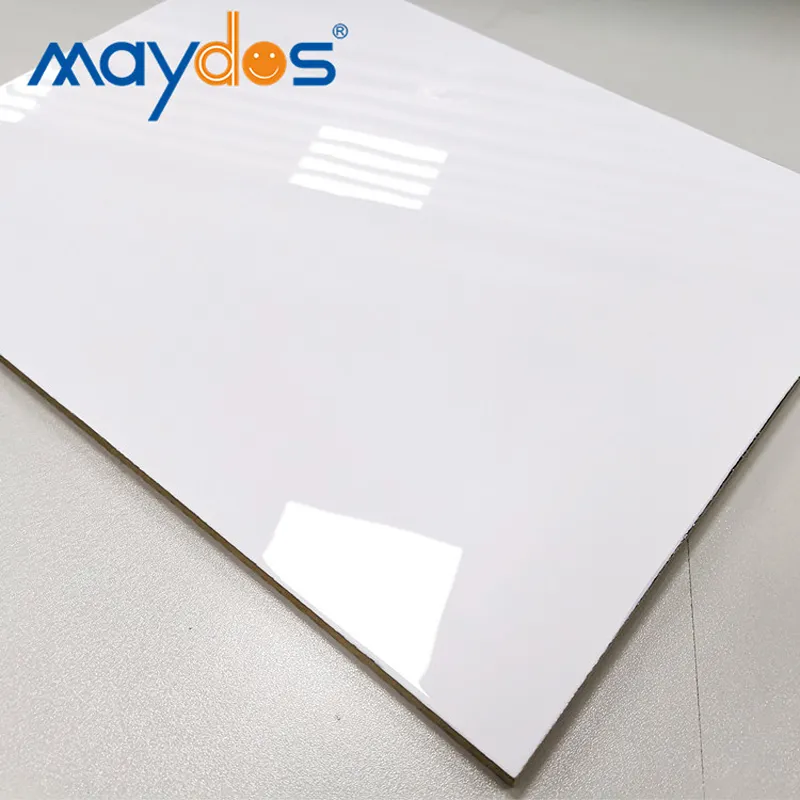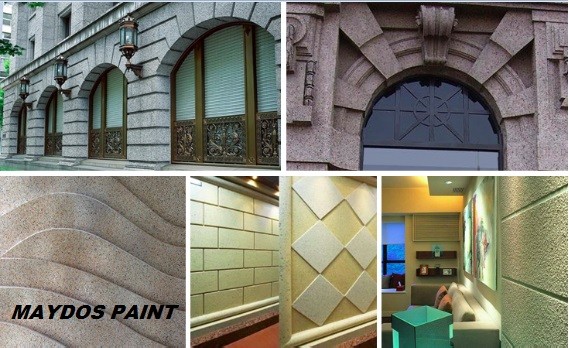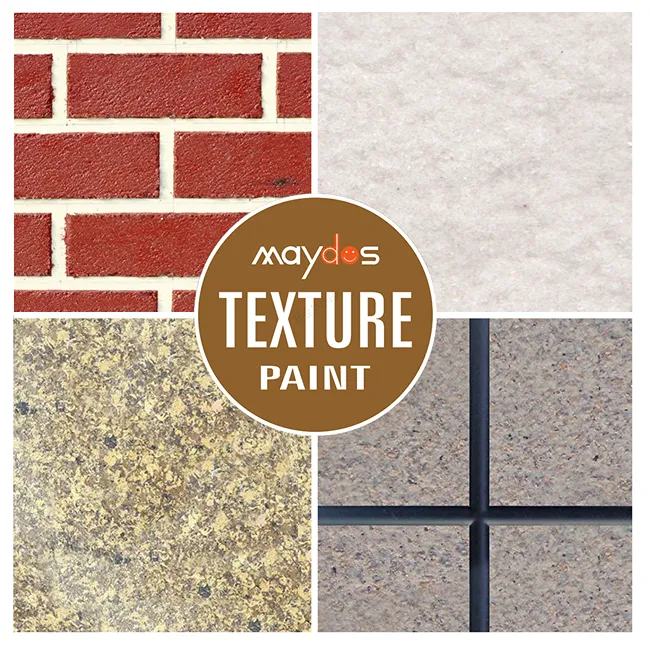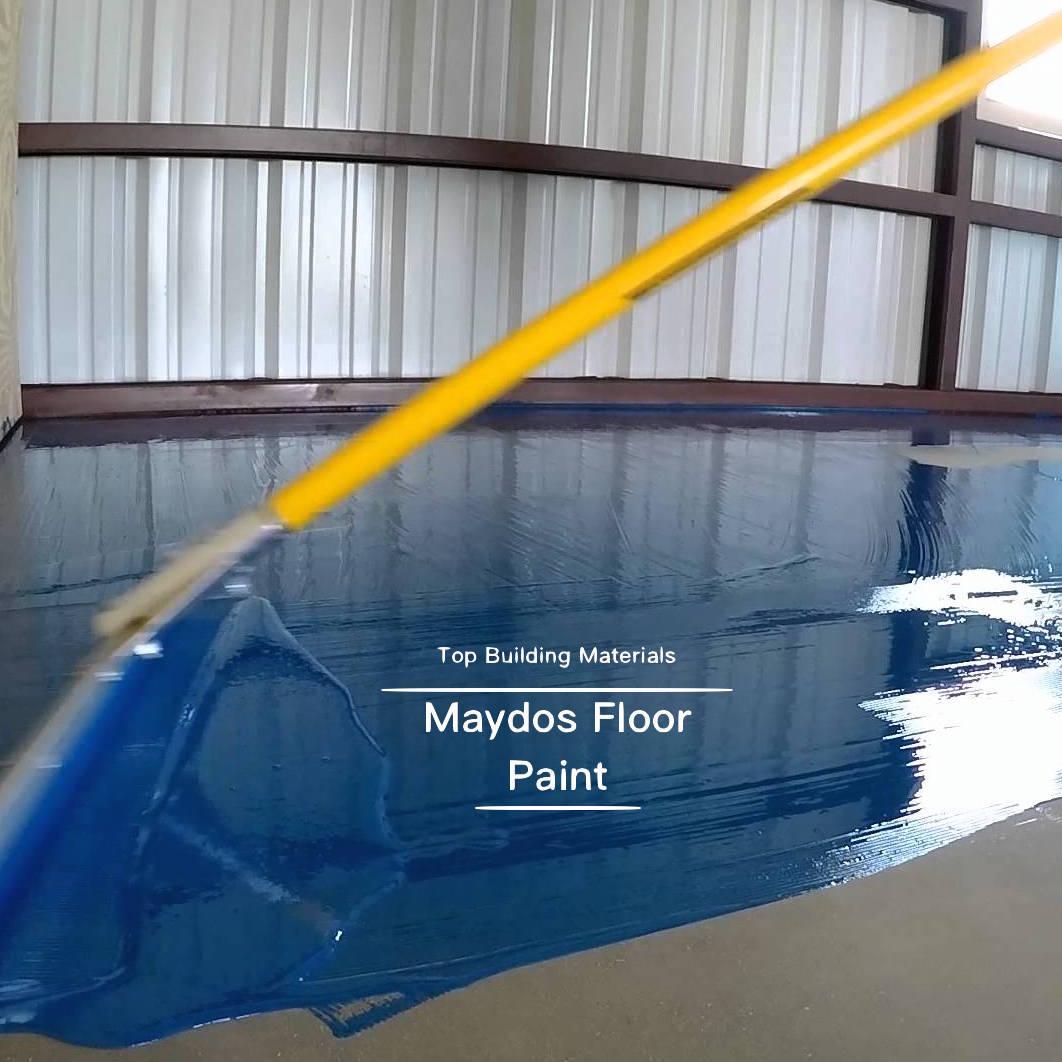Coating Factory
Industrial coatings are applied to a base material to provide a durable and impenetrable layer of protection. This can include corrosion prevention, food safety regulation compliance and more.
Before applying an industrial coating, the surface of the substrate must be clean. Many coatings rely on a physical or chemical bond to attach to the surface of the substrate, so a clean surface is crucial for them to perform properly.
E-Coating
E-Coating is a metal finishing process that provides a high degree of corrosion resistance. The application process involves submerging metal parts in a solution that is then applied with an electrical current. This layer of paint is highly effective at preventing rust and corrosion, and it also resists damage from scratches and general wear and tear.
It is often used for agricultural and industrial applications. E-coating is a process that can be applied to any standard metal or metal alloy, including stainless steel. However, atypical metals such as titanium and niobium may be difficult to e-coat.
Before applying an e-coat, it is important to thoroughly clean the part with an alkaline cleaner. This type of cleaning helps remove any oil and grease that might otherwise interfere with the adhesion of the e-coat to the metal. It is a good idea to avoid using a harsh chemical cleaner or phosphate-based cleaners on stainless steel surfaces.
Once the part is fully cleaned, it is submerged in a bath filled with the desired substrate (usually paint or epoxy). The manufacturer then applies an electrical current through the vat to cause charged particles to adhere to the metal. The immersion period and voltage level are controlled, allowing manufacturers to closely regulate the thickness of substrate deposition.
After the coating is complete, it is placed in an oven to cure. This curing process is crucial because it allows the particles to stick and give your product a beautiful finish.
The e-coating process is especially effective at delivering an ultra-thin coating. It allows technicians to control the thickness of the paint and ensures that all bends, crevices and edges are fully covered.
This coating is more efficient than traditional spray painting and powder coating methods. It is able to apply a 0.5 to 1.8 mil film, providing a superior level of coverage for a variety of different parts.
Its production efficiency results in very low unit costs for the manufacturing facility. If you’re looking for a way to improve your overall productivity, e-coating is a great option.
The e-coating process is an excellent choice for any business that requires a durable and rust-proof coating. It is a great way to protect the materials in your industrial machinery and vehicles, which will help them last longer and serve your customers better.
Powder Coating
The powder coating process is used by a variety of industries and manufacturers to add a robust, durable finish to metal parts. It combines dry powdered plastic material with chemical agents that include pigments, flow and leveling agents and other additives.
Before the powder is applied, it goes through a series of steps to ensure optimum adhesion. These steps are called pretreatments, and each one is crucial for the overall outcome of the project.
First, the part must be properly cleaned of any dust, dirt, oil or rust that might hinder the powder’s adhesion. This can be done with an alkaline cleaner, abrasive blasting or a combination of the two.
Next, the part is subjected to an iron phosphate treatment, which is designed to improve the adhesion of the powder coating and prevent corrosion. This is followed by dual rinses that remove any traces of the phosphate from the surface and a chrome-free zirconium sealer that protects the phosphate layer and enables subsequent stages of the powder coating process to proceed smoothly.
Finally, the part is baked to fuse the powder into a continuous solid coating that is hard, durable and corrosion-resistant. This gives the finished product a hard, smooth and glossy finish that resists scratches, stains, chemicals and detergents.
Powder coating is a process that is used by manufacturers of an extensive range of products, including antennas, lighting fixtures and a wide range of electrical components. It is also popular for household items, such as fire extinguishers, snowblowers, lawn mowers, barbecue grills, bathroom scales and many other common products.
Wet Coating
Wet coating is a process in which several liquid paint layers are applied to the product. It can be done with any desired color, and the final coat can have a gloss or matt finish. It is used for all kinds of metals and plastics.
We can also apply wet coatings on parts made from fiberglass, wood, or other non-metallic materials. This is a great way to provide corrosion resistance on these types of surfaces without having to resort to powder coating.
The application process is a key factor in the quality of the coating. It involves the precise method of applying the coating and ensuring that thickness control is accurate. In addition, the substrate should be protected from abrasion and exposure to chemicals before the curing process begins.
There are various factors that can influence the coating formulation, such as temperature, viscosity, surface tension, drying or crystallisation behaviour. These characteristics are influenced by the type of ingredient, its physical form, and the equipment used for coating and setting.
Our coating lines are equipped with a variety of specialized equipment. These include plasma treatments to improve wettability and enable the processing of materials such as COP (Cyclic Olefin Polymer), COC (Cyclic Olefin Copolymer) and PP (Polypropylene).
The process is controlled by the use of sensors, a computerized controller, and a manual input. The controller can adjust the spraying volume, pressure and rate of the liquid paint. The machine can also be equipped with automatic spray height control, which allows the operator to adjust the spraying range to any desired level.
We can apply wet coatings on a variety of products, including tanks, pipes, manholes, flumes, wet wells, and pump stations. These coatings are NSF approved, abrasion resistant and offer quick curing times.
In addition, we can provide a wide variety of specialty coatings for industrial and marine applications. These coatings can be applied to steel, copper, aluminum, stainless steel, and other metals.
Wet coating can be a very cost-effective solution for the protection of steel, copper and other metals. It is especially suitable for corrosion protection and abrasion resistance in heavy-duty, industrial environments.
Value Added Services
Value Added Services (VAS) are additional features and support that help businesses stand out from the competition. Using VAS can also help businesses attract more customers and boost revenue.
Telecommunications companies use value-added services to stimulate demand for their core products and to make their customers more satisfied. These services often include freebies like unlimited text messaging or options for extra data on certain websites and applications.
For example, many telecommunications services offer international dialing as a VAS in order to gain new business and increase customer loyalty. These ancillary services do not add much to the company’s bottom line, but they can help build long-term relationships with clients and improve brand reputation.
At Coating Factory, we offer a range of value-added services to our clients. For example, we can provide a powder coating service to our clients, which provides a durable protective finish that protects items from harsh elements and increases longevity.
We also offer a range of logistics and supply chain services, including warehousing and distribution. Our Warehouse-LINK system offers advanced features to help third-party logistics (3PLs) and warehouses grow their business and gain a competitive edge.
Our warehousing and distribution capabilities include kitting, bundling, re-branding, customization, re-packaging and work order processing. These processes can help our clients save time and money by allowing them to pick, putaway, track and maintain inventory in an easy-to-use format.
Another important value-added service is assembly, which is used to create products from individual components. By automating the process, we can reduce labor costs and ensure a high quality product for our clients.
Assembled products are then tested to ensure they are up to specifications before leaving our facility. This helps ensure that they are safe and reliable, which is crucial for any type of business.
Our warehousing and distribution solutions can be customized to your needs, which is why we are able to offer a wide variety of VAS. By partnering with us, you can take advantage of these valuable services and see how they can benefit your business.




















